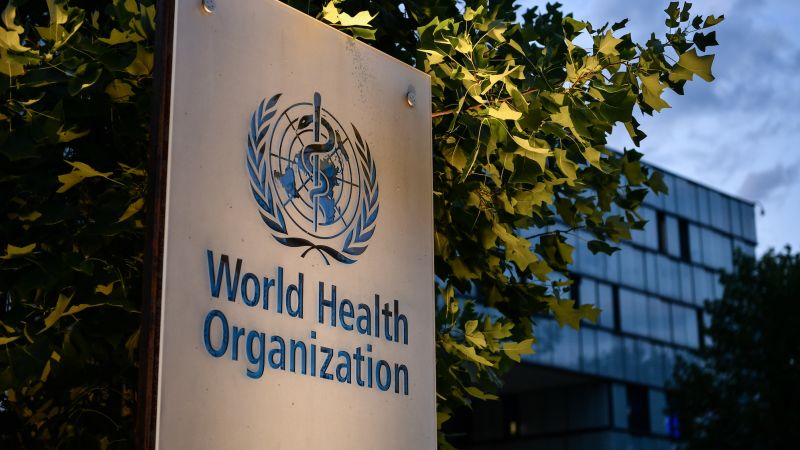CNN
—
Global cancer diagnoses will reach 35 million in 2050, according to new estimates from the World Health Organization – an increase of 77% from the 20 million cases diagnosed in 2022.
The data, released Friday by WHO’s International Agency for Research on Cancer, covers 185 countries and 36 forms of the disease. The researchers found that lung cancer was the most common form around the world in 2022 – responsible for 2.5 million cases, 12.4% of the total – followed by female breast, colorectal, prostate and stomach cancers. Lung cancer was also responsible for the most cancer deaths: 1.8 million, or almost 19% of the total.
The agency also cites inequities in the cancer burden across developed nations. For example, in countries with a very high Human Development Index – a measure of achievements in health, education and standard of living – 1 in 12 women will be diagnosed with breast cancer, and 1 in 71 will die of it. In low-HDI countries, only 1 in 27 women will be diagnosed with breast cancer, but 1 in 48 will die of it, largely due to late diagnosis and a lack of access to treatments.
Inequities were also seen in cancer services such as radiation and stem cell transplants.
“WHO’s new global survey sheds light on major inequalities and lack of financial protection for cancer around the world, with populations, especially in lower income countries, unable to access the basics of cancer care,” Dr. Bente Mikkelsen, director of WHO’s Department of Noncommunicable Diseases, said in a news release. “WHO, including through its cancer initiatives, is working intensively with more than 75 governments to develop, finance and implement policies to promote cancer care for all. To expand on this work, major investments are urgently needed to address global inequities in cancer outcomes.”
The researchers point to several factors as driving the expected increases in cancer rates, such as obesity, tobacco use and alcohol use, as well as environmental factors like air pollution.
In the United States, the number of people dying from cancer continues to decline while incidence rates of certain forms of the disease increase, according to a report released last month by the American Cancer Society.
From 1991 to 2021, cancer deaths in the US fell 33%, largely due to drops in tobacco use, earlier detection and major improvements in treatments. However, racial disparities persist, with people of color facing higher risks.
Cancer patients are also becoming younger, the American Cancer Society report noted. The share of colorectal cancer diagnoses in adults under 55, for example, rose from 11% in 1995 to 20% in 2019, previous research has found.
President Joe Biden has made the cancer fight a significant part of his administration, with his Cancer Moonshot effort aimed at slashing US cancer deaths in half in 25 years. Agencies including NASA and the Environmental Protection Agency have been engaged to join the effort alongside the Department of Health and Human Services and the Department of Veterans Affairs.
“Despite the progress that has been made in the early detection of cancers and the treatment and care of cancer patients – significant disparities in cancer treatment outcomes exist not only between high and low income regions of the world, but also within countries. Where someone lives should not determine whether they live. Tools exist to enable governments to prioritise cancer care, and to ensure that everyone has access to affordable, quality services. This is not just a resource issue but a matter of political will,” Dr. Cary Adams, head of the Union for International Cancer Control, said in Friday’s news release from the International Agency for Research on Cancer.
CNN’s Jacqueline Howard contributed to this report.





More Stories
Thoughts as of late: on evolving, growing & that tiny voice inside
County Health Officials Report 17% Increase in Tuberculosis Cases
10 Most Nutrient-Rich Foods To Include In Your Diet